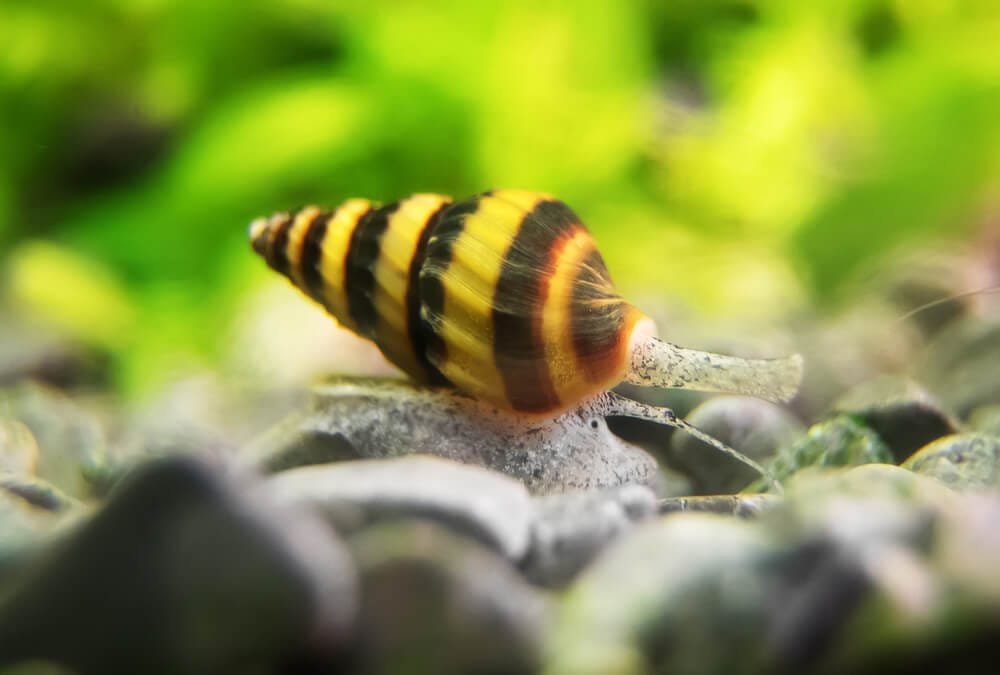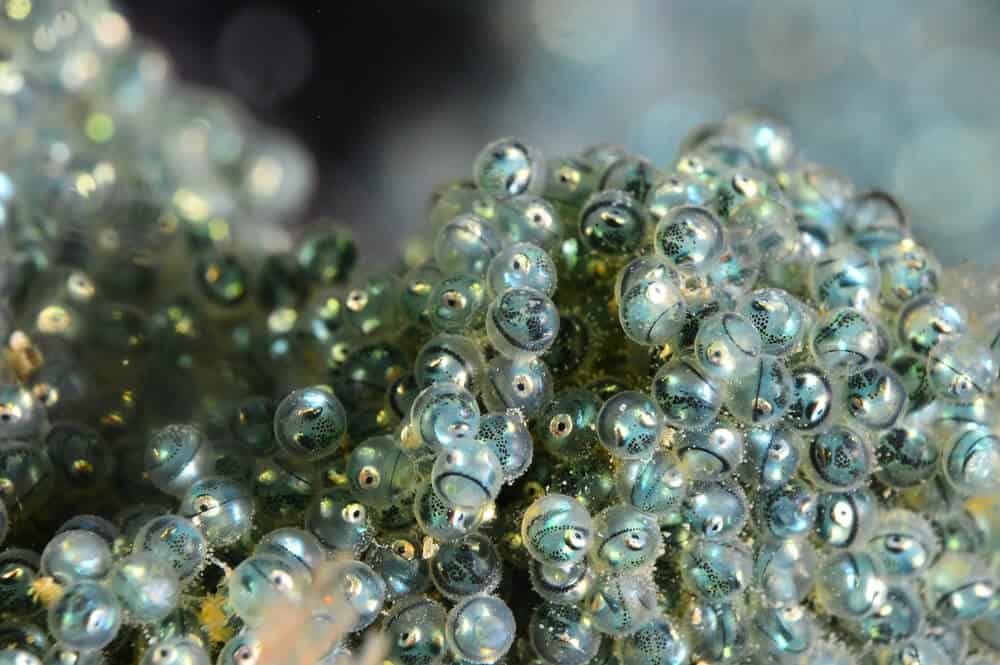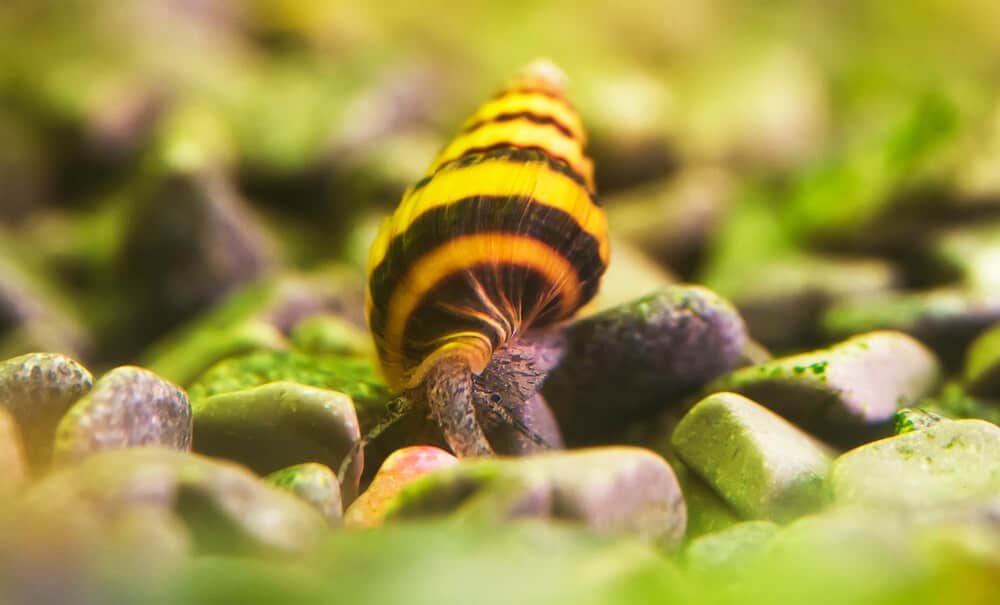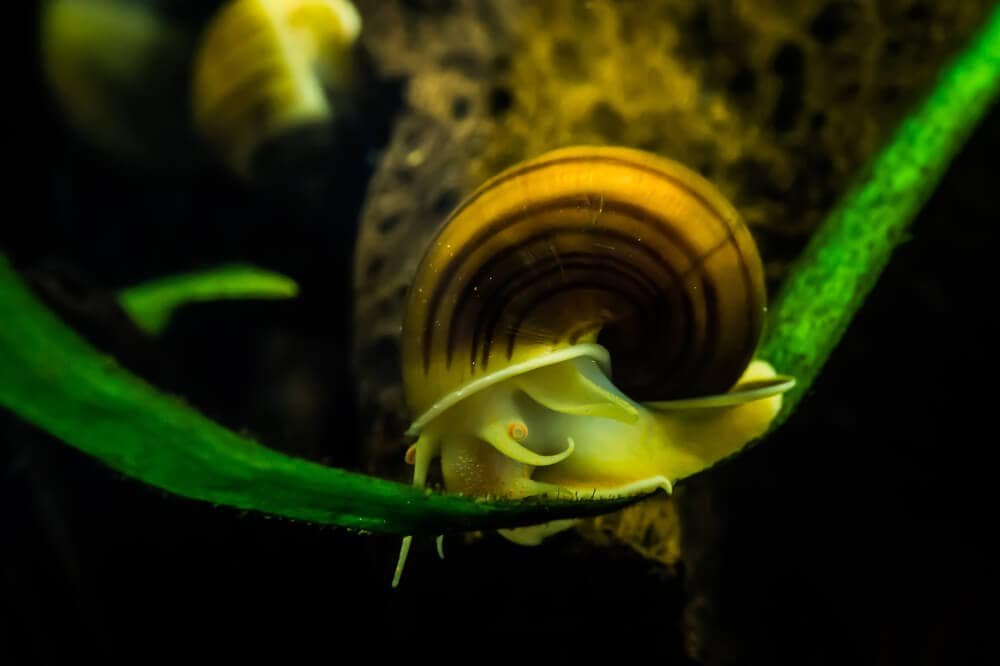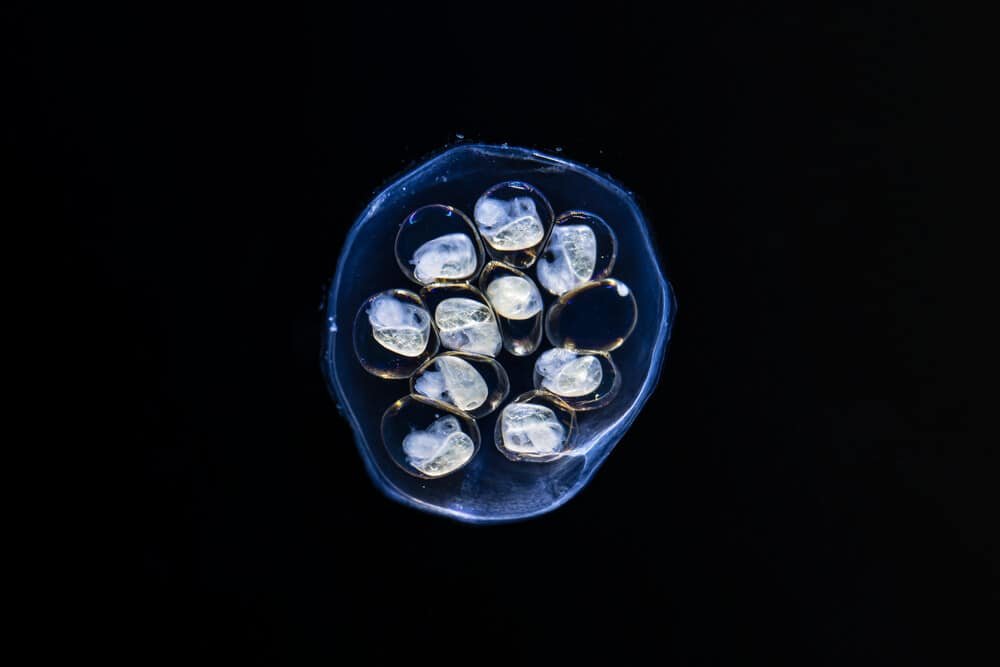Gold Inca Snail Care Guide: Tips for a Vibrant Aquarium
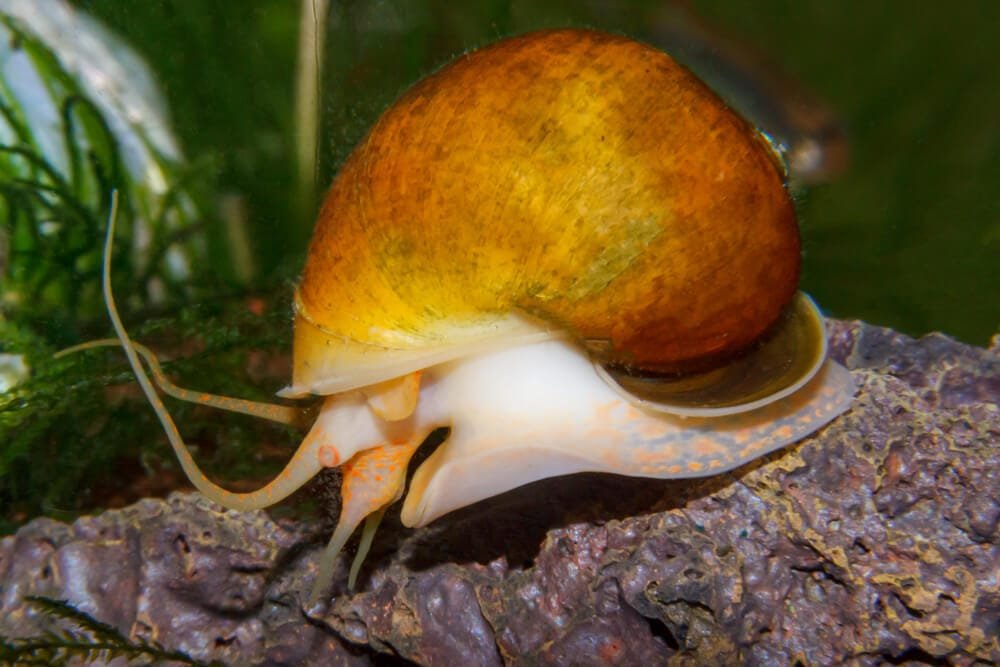
Get ready to meet the charming and vibrant Gold Inca Snail, a fascinating creature that will surely steal your heart. With its bright golden shell and unique characteristics, this snail is truly a gem of the freshwater world. From its ability to peacefully coexist with various tank mates to its exceptional algae-eating skills, the Gold Inca Snail is a delightful addition to any aquarium. Let’s dive into the enchanting world of the Gold Inca Snail and explore its captivating features.
Appearance
Shell
The shell of the Gold Inca Snail is typically round and smooth, with a beautifully shiny surface. It can grow to be about the size of a golf ball, measuring around 2 inches in diameter. The shape and size of the shell may vary slightly among individuals. It serves as a protective housing for the snail, providing a secure place to retreat into when threatened.
Body
The body of a Gold Inca Snail is soft and slimy, well-suited for its aquatic lifestyle. It is elongated and has a muscular foot which helps it move gracefully through the water. Its body is usually a pale yellow or golden color, hence its name. The snail has two pairs of tentacles, with the longer pair located on the top of its head. These tentacles are used for both sensing the environment and locating food.
Coloration
The striking coloration of the Gold Inca Snail is one of its most attractive features. The shell is typically a deep golden hue, with a glossy appearance that glimmers under the light. The body of the snail is usually a lighter shade of yellow or gold, complementing the color of its shell. This vibrant coloration adds a beautiful touch to any aquarium setting.
Habitat and Distribution
Freshwater Habitats
Gold Inca Snails are primarily found in freshwater habitats, such as rivers, lakes, and ponds. They are well-adapted to these environments, where they can easily move and locate food. These snails prefer areas with slow-moving water and abundant vegetation, as they rely on both for various aspects of their survival.
Origin
Originally native to South America, particularly Brazil and Peru, the Gold Inca Snail has since been introduced to other parts of the world due to its popularity as an aquarium pet. It thrives in warm freshwater environments and can be found in both natural and artificial habitats throughout these regions.
Global Distribution
As a result of its introduction to various parts of the world, the Gold Inca Snail now has a global distribution. It can be found in countries such as the United States, Canada, Australia, and various European countries. Its ability to adapt to different conditions and reproduce readily has contributed to its wide distribution.
Behavior
Feeding Habits
Gold Inca Snails are herbivorous creatures, primarily feeding on algae and detritus found in their freshwater habitats. They use their rasping radula, a specialized feeding organ, to scrape and graze on the surfaces of rocks, plants, and even aquarium glass. Their continuous feeding helps to keep algae growth under control and maintain a healthy ecosystem within the aquarium.
Reproduction
The Gold Inca Snail is known for its ability to reproduce prolifically. They are hermaphroditic, meaning each individual has both male and female reproductive organs. When two snails mate, they can each lay eggs. The eggs are typically laid on hard surfaces such as rocks or plant leaves, and they are protected by a gelatinous layer. After a few weeks, the eggs hatch, releasing tiny juvenile snails into the water.
Activity Patterns
Gold Inca Snails are most active during the night, preferring to rest during the day. When they are active, they can be seen gracefully gliding across the aquarium floor or climbing on plants and decorations. They are generally peaceful creatures, but they may exhibit more active behaviors when searching for food or during reproduction.
Ecological Importance
Algae Control
One of the most significant ecological roles of the Gold Inca Snail is its ability to control algae growth. As herbivores, they consume large amounts of algae, helping to prevent excessive growth and maintain a balanced ecosystem within the aquarium. This natural algae control reduces the need for chemical treatments and promotes the overall health of the aquatic environment.
Indicator Species
Gold Inca Snails are considered indicator species, meaning their presence or absence can provide important insights into the health of their habitat. If their population decreases or disappears, it may indicate underlying problems such as pollution or habitat degradation. Monitoring the population of Gold Inca Snails can help identify and address potential environmental issues in freshwater ecosystems.
Threats and Conservation
Predators
While Gold Inca Snails have few natural predators in their native habitats, they may face predation from certain fish and other aquatic creatures in an aquarium setting. Larger fish species may find Gold Inca Snails to be a tasty meal, particularly if food sources are scarce. It is important to provide suitable hiding places and consider the compatibility of tankmates to ensure the safety of these snails.
Habitat Destruction
Habitat destruction is a significant threat to the Gold Inca Snail in its native range. Deforestation, pollution, and the alteration of waterways can all disrupt the natural habitats these snails rely on. Additionally, the introduction of non-native species and the spread of diseases can further impact their populations. Conservation efforts focus on preserving their natural habitats and promoting responsible aquarium keeping practices.
Conservation Efforts
Gold Inca Snail conservation efforts include habitat restoration, public education about their ecological importance, and regulation of their trade. The establishment of protected areas and the enforcement of strict regulations on the import and export of these snails help ensure their long-term survival. Engaging in sustainable practices within the aquarium trade can also contribute to the conservation of this species.
Keeping Gold Inca Snails as Pets
Tank Setup
When setting up an aquarium for Gold Inca Snails, it is important to consider their specific needs. A tank with a capacity of at least 10 gallons is recommended for a small population of snails. Provide a substrate that is soft and sandy, as it mimics their natural habitat. It is also essential to include plenty of hiding spots, such as caves or plants, to allow the snails to retreat and feel secure.
Feeding
Gold Inca Snails are primarily herbivorous, so their diet should consist mainly of algae and detritus. However, if the available food sources are insufficient, they may consume certain types of aquarium vegetation. It is important to ensure a balance between their natural feeding habits and the health of the aquarium plants. Supplement their diet with specialized snail food or algae wafers to meet their nutritional needs.
Compatibility
Gold Inca Snails are generally peaceful creatures and can coexist with a variety of tankmates. However, caution should be exercised when choosing compatible fish species. Large predatory fish or those known to nip at snails should be avoided. It is also important to avoid keeping Gold Inca Snails with aggressive or territorial species that may view them as prey or compete for resources.
Breeding
Breeding Gold Inca Snails in a home aquarium can be a fascinating experience. With proper care, these snails can reproduce readily. Provide a suitable environment with adequate food sources, hiding spots, and suitable water conditions. The adult snails will mate and lay eggs, which will hatch into tiny snails. It is essential to ensure sufficient food and space for the growing population, or consider controlling their reproduction through selective removal of eggs.
The Gold Inca Snail in the Aquarium Trade
Popularity
The Gold Inca Snail is a highly popular choice for aquarium enthusiasts due to its attractive appearance, ease of care, and beneficial ecological role. Its vibrant coloration and distinctive shell make it a visually appealing addition to any aquatic setup. Additionally, its ability to control algae growth naturally and its peaceful nature contribute to its popularity among hobbyists.
Availability
Gold Inca Snails are readily available in the aquarium trade. They can be found in most pet stores that specialize in aquarium supplies or exotic pets. They are often sold individually or in small groups, allowing hobbyists to easily purchase and introduce them to their aquariums. The ease of availability contributes to their popularity as pets.
Price Range
The price of Gold Inca Snails can vary depending on factors such as their size, coloration, and availability in the local market. On average, a single Gold Inca Snail can be purchased for around $2 to $5. However, prices may be higher for larger or rarer specimens. It is recommended to purchase Gold Inca Snails from reputable sources to ensure their health and welfare.
Interesting Facts
Alternate Names
The Gold Inca Snail is also known by various other names in the aquarium trade. These include the Mystery Snail, Apple Snail, and Golden Inca Snail. These alternate names reflect their popularity and the wide recognition of their distinctive appearance and characteristics.
Unusual Behavior
One interesting behavior displayed by the Gold Inca Snail is its ability to retreat into its shell and seal the opening when it feels threatened or startled. This behavior, known as “turtling,” helps protect the snail from potential predators or unfavorable conditions. Observing this behavior can be both fascinating and entertaining for aquarium enthusiasts.
